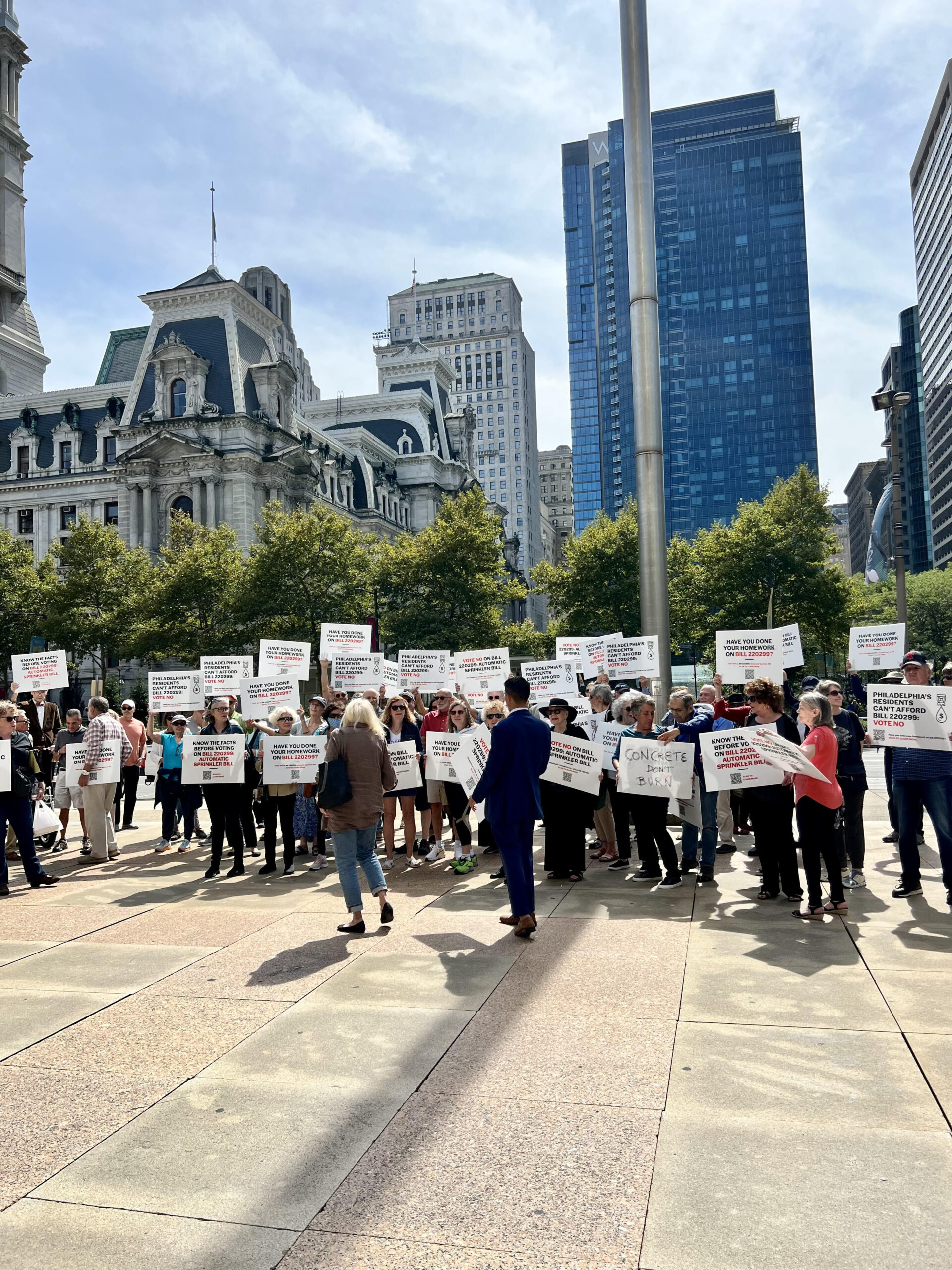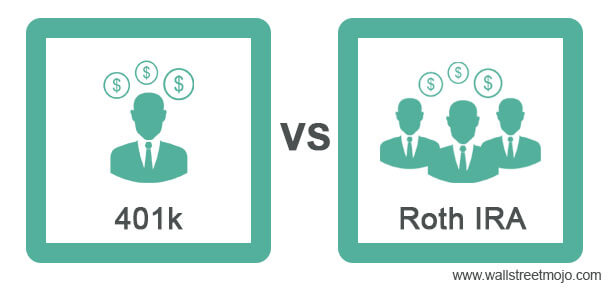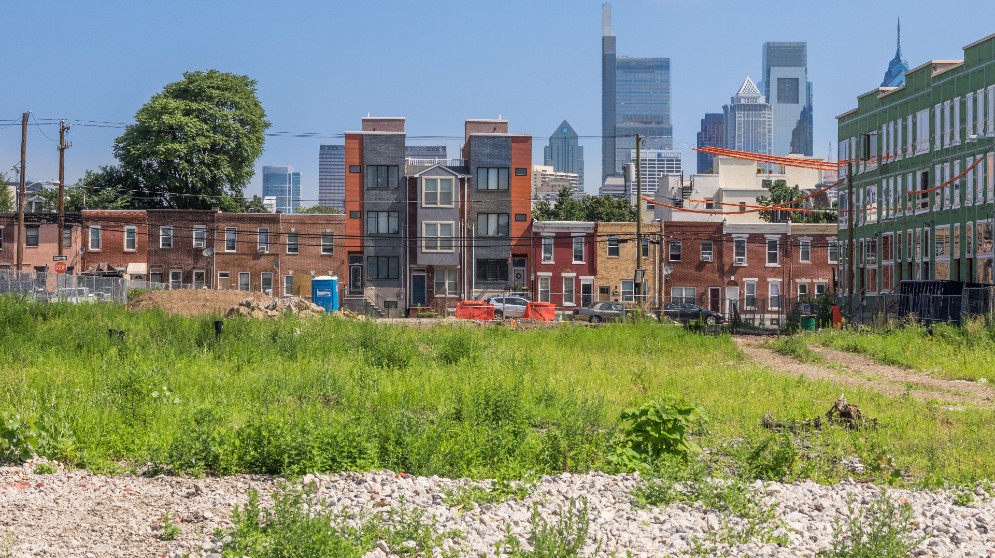Proposed Philly High-Rise Sprinkler Bill Is Dead At City Council
Legislative Alert: Sprinkler Legislation Dies in Committee
- December 2023
Whatever the reason, Hapco Philadelphia has learned from the Community Associations Institute (CAI) that it’s official.
Philadelphia City Council Bill 220299 – mandating the upgrade of older residential buildings for in-unit automatic sprinklers is dead. The bill has run out of time to have a hearing before the end of the current session, so the bill is officially dead.
While the bill is dead for this session, this does not guarantee that the bill could not be reintroduced in 2024 or beyond. CAI will continue to work with our coalition partners, including the Pennsylvania Apartment Association, to monitor new legislation introduced next year, and connect with Councilmembers and the Mayor to proactively work to keep residents safe across the City of Philadelphia without a costly impact on housing affordability.
This is important not just for CAI members in Philadelphia, but across the Commonwealth and region. Often, what is enacted in one jurisdiction spreads to other jurisdiction.
CAI is grateful for all the members, homeowners especially, who reached out to City Council, attended meetings and protests, sent emails, made phone calls, and responded to media requests. We could not have been able to defeat this legislation without your support. Stay tuned, however. We may need to call on you again in the new year!
CAI’s work is not done though. This was one piece of legislation our Legislative Action Committee has been working on this year. Click here to learn more about other pending legislation in Harrisburg impacting community associations.
EPA Wants Cities To Replace Lead Pipes Within 10 Years

The proposal follows water crises in Flint, Mich., and the na6on’s capital. The agency says the new standards would bolster health.
By Michael Phillis (Associated Press)
WASHINGTON — Philadelphia and other U.S. cities would have to replace lead water pipes within 10 years under strict new rules proposed Thursday by the Environmental Protec6on Agency as the Biden administration moves to reduce lead in drinking water and prevent public health crises like the ones in Flint, Mich., and Washington.
Millions of people consume drinking water from lead pipes, and the agency said tighter standards would improve IQ scores in children and reduce high blood pressure and heart disease in adults. It is the strongest overhaul of lead rules in more than three decades and will cost billions of dollars.
Pulling it off will require overcoming enormous practical and financial obstacles.
“These improvements ensure that in a not-too-distant future, there will never be another city and another child poisoned by their pipes,” said Mona Hanna-AUsha, a pediatrician and clean-water advocate who raised early alarms about Flint.
The Biden administration has previously said it wants all of the na6on’s roughly 9 million lead pipes to be removed, and rapidly. Lead pipes connect water mains in the street to homes and are typically the biggest source of lead in drinking water. They are most common in older, industrial parts of the country.
Lead crises have hit poorer, majority-Black cities like Flint especially hard, propelling the risks of lead in drinking water into the national consciousness. Their impact reaches beyond public health. AYer the crises, tap water use declined na6onally, especially among Black and Hispanic people. The Biden administration says investment is vital to fix this injustice and ensure everyone has safe, lead-free drinking water.
“We’re trying to right a long-standing wrong here,” said Radhika Fox, head of the EPA Office of Water. “We’re bending the arc towards equity and jus6ce on this legacy issue.”
Sen. Tammy Duckworth (D., Ill.) and Sen. Cory Booker (D., N.J.), representing states that have faced lead crises, agreed in a joint statement, ci6ng both the new rule and the Biden administra6on’s infrastructure investments. “We can make a lead-free future a reality for all, no matter the color or their skin or their zip code,” they said.
In Philadelphia, the exact number of lead pipes in use is unknown, but the city Water Department es6mated in 2017 that 20,000 of the city’s 511,000 proper6es receive water through lead pipes.
One of the new rules the EPA is proposing would require ci6es to inventory all lead pipes in their jurisdic6ons, which would result in a more accurate count.
All of the city’s lead pipes are service lines connecting households to the city’s water mains under the streets. That makes it more difficult to replace pipes because the city needs homeowners’ permission to locate and replace lines on their proper6es.
Philadelphia, which has long used iron instead of lead for its water mains, does not have as big of a lead pipe problem as some of its peers.
The EPA proposal, called the lead and copper rule improvements, would for the first 6me require utilities to replace lead pipes even if their lead levels aren’t too high. Most cities have not been forced to replace their lead pipes and many don’t even know where they are.
The proposal calls for ci6es to eliminate lead pipes at a pace of 10% per year. That would be a major increase in pace for Philadelphia, which currently replaces 1% to 2% of its lead pipes per year, Water Department spokesperson Brian Rademaekers said.
There are some excep6ons to the 10-year lead pipe replacement deadline. A few cities like Chicago with lots of lead pipes may get longer. Water utilities with dense
networks of lead pipes — as many as 2,000 of them — could also get more than 10 years, the proposal says.
The push to reduce lead in tap water is part of a broader federal effort to combat lead exposure that includes proposed stricter limits on dust from lead-based paint in older homes and child-care facilities and a goal to eliminate lead in aviation fuel.
The EPA enacted the first comprehensive regula6ons on lead in drinking water in 1991. Those have significantly helped reduce lead levels, but experts have said that they leY loopholes that keep lead levels too high and that lax enforcement allows cities to ignore the problem.
“We now know that having literally tens of millions of people being exposed to low levels of lead from things like their drinking water has a big impact on the population,” and the current lead rules don’t fix it, said Erik Olson, an expert with the Natural Resources Defense Council who challenged the original regula6ons back in the early 1990s. “We’re hoping this new rule will have a big impact.”
In addition, the EPA announced it wants to lower the level of lead at which utilities are forced to take ac6on. And federal officials are pushing cities to do a better job informing the public when elevated lead levels are found.
Another change involves how lead is measured. Utilities would need to collect more samples, and this alone could have significant consequences — when Michigan did something similar, the number of communities flagged for having high lead levels skyrocketed.
The public will have a chance to comment on the proposal, and the agency expects to publish a final version of the rule in the fall of 2024. There is then a waiting period before it goes into effect.
Unlike other contaminants, lead seeps into drinking water that’s already leY the treatment plant. The main remedy is to add chemicals to keep it from leaching out of pipes and plumbing fixtures. It’s hard. A home with dangerous lead levels can be next to a house with no lead exposure at all.
It will ultimately be up to utilities to decide whether to pay the full cost of replacing lead pipes, which is too expensive for many people to afford.
“We strongly, strongly encourage water utilities to pay for it,” Fox said.
Philadelphia’s Rademaekers said: “It’s likely that an accelerated service line replacement program will impact rates, but it is too early to understand the rate impacts at this time.”
The American Water Works Association, an industry group, said that it supports the agency’s pipe replacement goals but that there would be significant challenges. Costs are going up, it’s hard to secure homeowner permission to do pipe replacement work, and other contaminants like harmful “forever chemicals” called PFAS will also vie for financial resources and yime, the group said.
Staff writer Sean Collins Walsh contributed to this article.
Philly Drops In Latest Rental Desirability Survey, But Still Hot
RentCafe.com has just released it’s Rental Desirability Survey for November.
And while Philadelphia is still a hotspot rental destination, The City of Brotherly Love has dropped a few spots.
RentCafe’s survey unveils the cities that have attracted the most attention from apartment hunters in November. To see renters’ intent and preferences this month, they analyzed website traffic data for listings in the country’s 150 largest cities.
Philadelphia has been a sought-after rental destination throughout the year, consistently ranking among the top 30 cities for apartment hunters. Even though, in November, it dropped 25 places to the 45th position nationwide, it is the Northeast’s fourth most in-demand city for renters.
Here are the highlights for Philly:
- Traffic for Philly listings increased by 52% compared to November 2022. However, renters favorited 22% fewer apartments compared to one year ago.
- Renters might be taking more time to make the move to Philadelphia, but the rental demand is still strong. This led to a 23% decrease in available apartments on RentCafe.com compared to last November.
- Currently, Philadelphia ranks fourth in the Northeast, following three New York City rental hubs: Queens, Buffalo and the Bronx.
New Survey Shows Philly Rents VS The Nation

Hapco Philadelphia is tied into the latest rental research in the country.
And here’s the newest report from Construction Coverage on rising rent prices in the U.S.
As fast-rising real estate values during the COVID-19 pandemic priced more people out of homebuying, rental markets became more competitive among consumers. On the supply side, inflation in the cost of materials, rising interest rates, and tightness in the labor market have all contributed to difficulties in developing new housing stock. With fewer units available, prices have risen dramatically.
Here are the key takeaways from the report for the Philadelphia-Camden-
- Median rent in Philadelphia is $1,869, with a median price of $1,576 for 1-bedroom units, and $1,886 for 2 bedrooms.
- Median rent for the U.S. overall is $1,782. For 1-bedroom units, we’re looking at $1,423; 2-bedroom units, $1,716.
- Looking at large metros only, Philadelphia ranked 23rd in the analysis.
Residential Rent Prices by Location
 |
Learn What Rental Owners Should Know About Self Directed IRAs & 401Ks At December 6th Webinar
Rental Friendly Developer Appointed To Philly Land Bank


Hapco Philadelphia has urged the City’s Land Bank for years to release vacant city-owned lots for development of affordable rental housing.
So has Philly developer, Mo Rushdy.
Our argument is a simple one: Release unused parcels to developers in exchange for their agreement to build a certain percentage of low-to-moderate-income housing.
The problem has been City Council’s use of Councilmanic Prerogative, which has held up the release of those empty lots.
Mo Rushdy’s appointment to the Land Bank gives Hapco Philadelphia rental owners a sign of hope.








